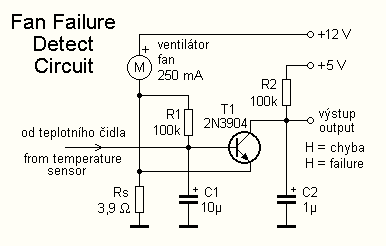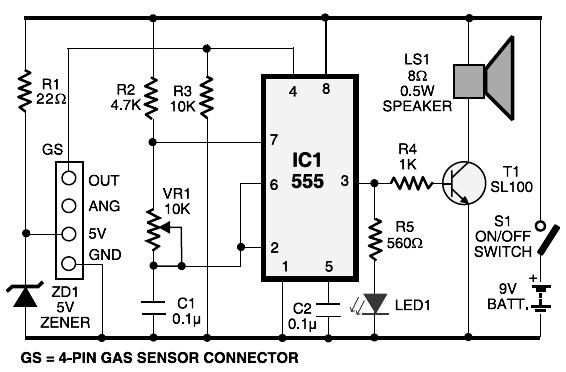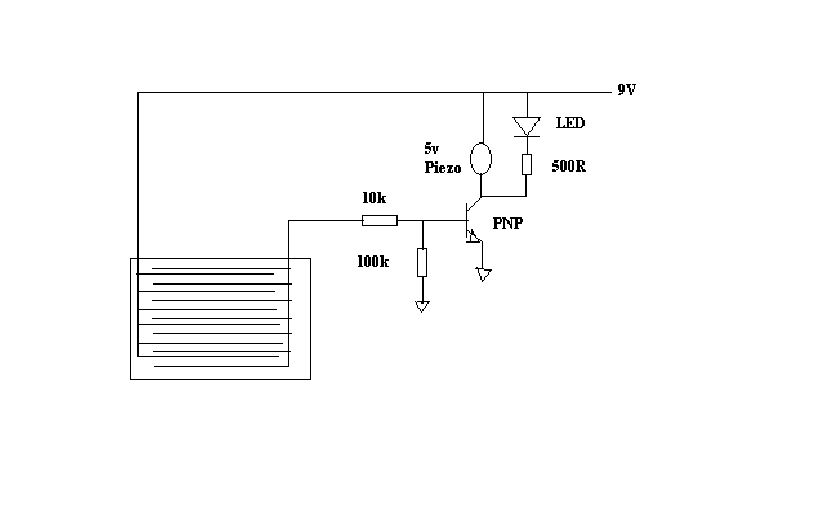
Leak Detector

High sensitivity, portable temperature comparator. This sensitive circuit is basically a comparator, detecting very slight temperature changes in respect to the ambient temperature. It was primarily intended to detect draughts around doors and windows that cause energy leaks but can be used in many other ways, when a sensitive temperature change detector is needed. Two LEDs are used to signal if the temperature change is pointing above (Red LED) or below (Green LED) the ambient temperature. Detects draughts around doors, windows, etc. More: IC1 acts as a bridge detector and amplifier: its output voltage raises when temperature increases and vice-versa. This happens because the n.t.c. resistor R2 reduces its resistance value as temperature increases and vice-versa, therefore unbalancing the b
The described circuit functions as a high-sensitivity temperature comparator, designed to detect minute variations in temperature relative to the ambient environment. This capability makes it particularly useful for identifying draughts around doors and windows, which can lead to energy inefficiencies. The architecture of the circuit incorporates an integrated circuit (IC1) that serves as both a bridge detector and an amplifier.
The core functionality of the circuit is based on the use of a negative temperature coefficient (NTC) thermistor, denoted as R2. The resistance of this component decreases as temperature rises, creating an imbalance in the bridge configuration of the circuit. This imbalance results in a change in output voltage from IC1, which is directly proportional to the temperature variation detected.
To provide visual feedback regarding temperature changes, the circuit is equipped with two light-emitting diodes (LEDs). The red LED is activated when the temperature detected exceeds the ambient level, while the green LED indicates when the temperature falls below the ambient threshold. This dual LED signaling system allows users to quickly ascertain the direction of temperature change, enhancing the usability of the device in practical applications.
The design of the circuit ensures portability, making it suitable for various settings beyond just monitoring draughts. Its sensitivity can be adjusted by modifying the values of the resistors and the thermistor, allowing customization for specific applications where precise temperature detection is required. Overall, this temperature comparator circuit is a versatile tool for energy management and environmental monitoring.High sensitivity, portable temperature comparator. This sensitive circuit is basically a comparator, detecting very slight temperature changes in respect to the ambient temperature. It was primarily intended to detect draughts around doors and windows that cause energy leaks but can be used in many other ways, when a sensitive temperature change detector is needed.
Two LEDs are used to signal if the temperature change is pointing above (Red LED) or below (Green LED) the ambient temperature. Detects draughts around doors, windows, etc. IC1 acts as a bridge detector and amplifier: its output voltage raises when temperature increases and vice-versa. This happens because the n.t.c. resistor R2 reduces its resistance value as temperature increases and vice-versa, therefore unbalancing the b
🔗 External reference
The described circuit functions as a high-sensitivity temperature comparator, designed to detect minute variations in temperature relative to the ambient environment. This capability makes it particularly useful for identifying draughts around doors and windows, which can lead to energy inefficiencies. The architecture of the circuit incorporates an integrated circuit (IC1) that serves as both a bridge detector and an amplifier.
The core functionality of the circuit is based on the use of a negative temperature coefficient (NTC) thermistor, denoted as R2. The resistance of this component decreases as temperature rises, creating an imbalance in the bridge configuration of the circuit. This imbalance results in a change in output voltage from IC1, which is directly proportional to the temperature variation detected.
To provide visual feedback regarding temperature changes, the circuit is equipped with two light-emitting diodes (LEDs). The red LED is activated when the temperature detected exceeds the ambient level, while the green LED indicates when the temperature falls below the ambient threshold. This dual LED signaling system allows users to quickly ascertain the direction of temperature change, enhancing the usability of the device in practical applications.
The design of the circuit ensures portability, making it suitable for various settings beyond just monitoring draughts. Its sensitivity can be adjusted by modifying the values of the resistors and the thermistor, allowing customization for specific applications where precise temperature detection is required. Overall, this temperature comparator circuit is a versatile tool for energy management and environmental monitoring.High sensitivity, portable temperature comparator. This sensitive circuit is basically a comparator, detecting very slight temperature changes in respect to the ambient temperature. It was primarily intended to detect draughts around doors and windows that cause energy leaks but can be used in many other ways, when a sensitive temperature change detector is needed.
Two LEDs are used to signal if the temperature change is pointing above (Red LED) or below (Green LED) the ambient temperature. Detects draughts around doors, windows, etc. IC1 acts as a bridge detector and amplifier: its output voltage raises when temperature increases and vice-versa. This happens because the n.t.c. resistor R2 reduces its resistance value as temperature increases and vice-versa, therefore unbalancing the b
🔗 External reference





